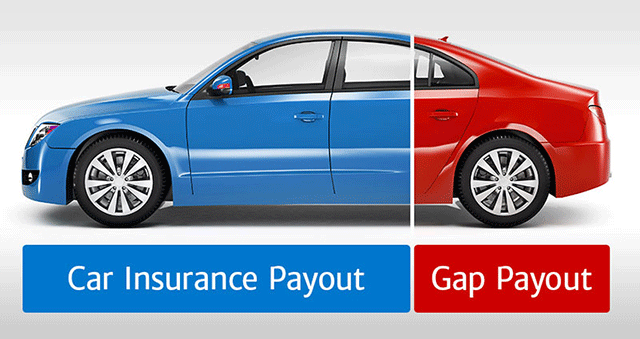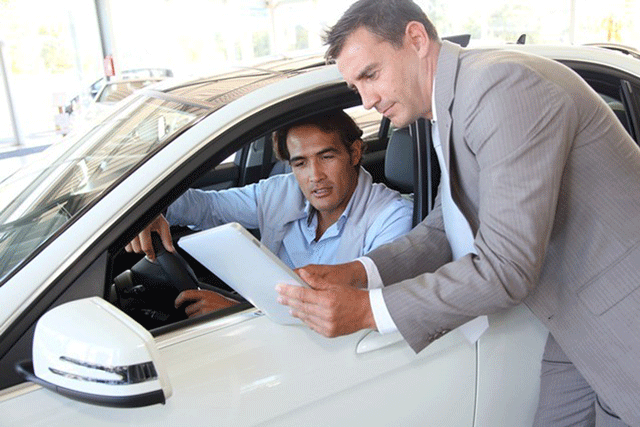
We’ve all had it, that exciting feeling you get when you get a brand-new car. You want to show it off, spend all your time in it and look after it. Getting your car on a lease contract is a great option for keeping your monthly costs lower and easily changing cars at the end of your contract if you wish to. In recent years, leasing cars has become a popular choice for motorists that don’t want the ownership and asset risk.
However, no one plans for the unexpected moments when something goes wrong. Sadly, you might find yourself in an accident and your car gets written off or, you might even get it stolen. There is also the inevitable fact that the value of your car will depreciate over time. In which case, you need to be protected.
This is where GAP insurance comes in. GAP insurance is optional car insurance that helps us pay off your auto loan if you owe more than the depreciated value of your car. So, GAP insurance acts as a bridge to help you cover what is owed. Some motorists are put off getting GAP insurance as they feel it is an extra cost that they do not want. However, this could be short-sited, as despite GAP insurance being a small extra cost in the short term, it will significantly help you in the long term.
If you think that GAP insurance is right for you, you must get it from a trustworthy company. Getting it from a reputable company such as Direct Gap ensures you pay for what is necessary and you don’t get ripped off. For example, Direct Gap insurance quotes start from as little as £69. These small monthly payments make financial sense and protect you from extreme costs in the future.
If this has got you thinking and you want to get a GAP insurance quote, you must first check your eligibility. The best time to get GAP insurance would be at the start of your vehicle lease/loan, as it ensures you are protected throughout your contract. However, if you already have a car on lease without GAP insurance, then you might still be eligible for insurance. Eligibility will depend on the make and model of your vehicle and whether you are the original owner of the vehicle. You can always check with your insurer if you are in doubt.













